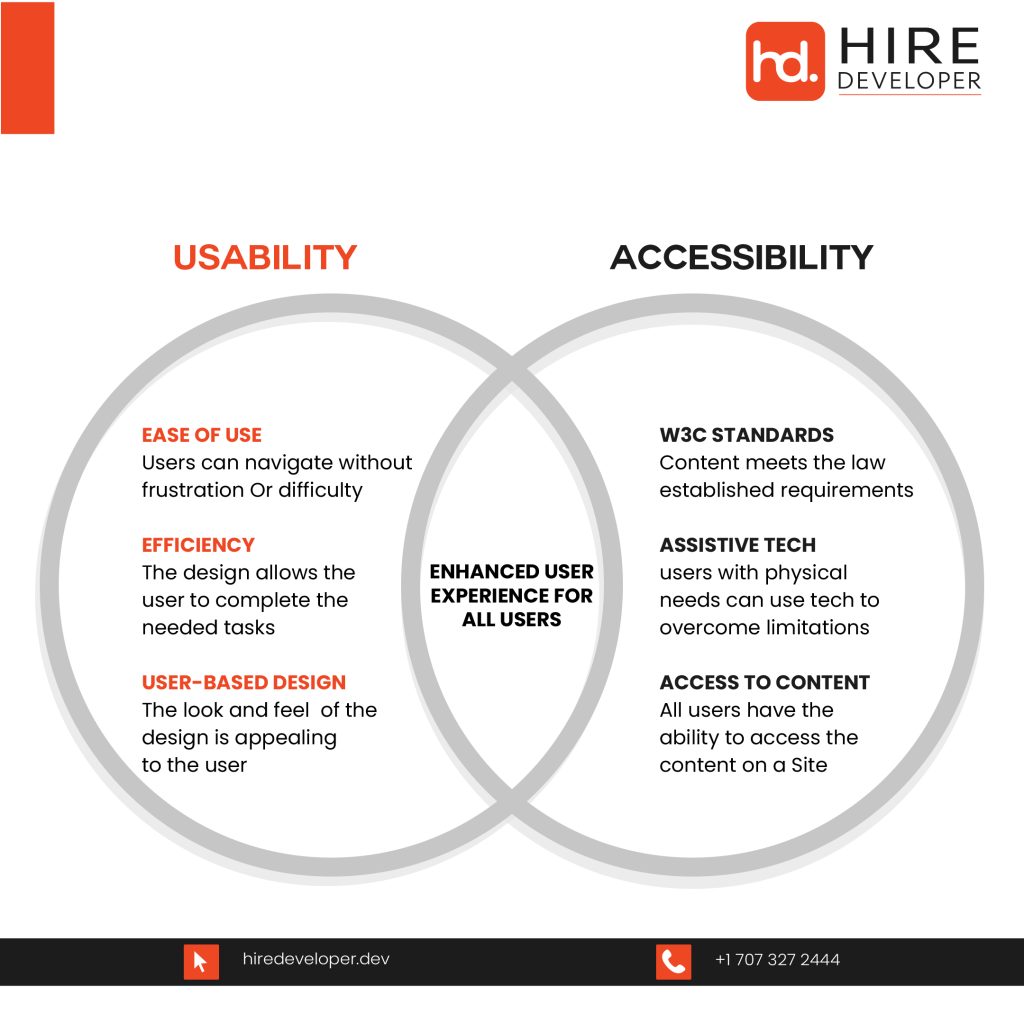Scaling your development team by simply adding more people often backfires. Instead of increasing velocity, it creates confusion, coordination overhead, and a drop in productivity. Real scaling means increasing output per developer, not just headcount.
In this blog:
- We debunk the “more hands = more output” myth.
- We break down common mistakes startups make with augmentation.
- We share a better, pod-based augmentation approach used by top tech companies.
- We explain how HireDeveloper.Dev helps you scale smarter with 48-hour delivery, 1-week trials, and fully embedded remote teams.
The Dangerous Illusion of “More Hands = More Output”
When startups start scaling, the instinct is always the same: hire fast.
Founders are up against deadlines, chasing investor milestones, and watching their roadmap expand with new features, integrations, and iterations. So they hire more developers. Often, through staff augmentation, seemingly the fastest route.
But here’s the catch: if you’re using staff augmentation just to fill seats, you’re not scaling, you’re bloating.
At HireDeveloper.Dev, we’ve seen promising startups stall after tripling their dev team, only to miss release targets and overcomplicate operations. Velocity didn’t increase. Complexity did. The irony? The new hires weren’t the problem. The strategy was.
Let’s break this down and lay out a better path.
What Most Teams Get Wrong About Staff Augmentation
1. Scaling without alignment
- Adding developers without shared product context is a recipe for rework.
- Distributed teams need onboarding, shared goals, and role clarity; without that, you’re scaling confusion.
2. Treating developers like commodities
- Staff augmentation isn’t just plugging gaps. It’s about amplifying capability.
- If your devs don’t own outcomes, you create internal drag: more handoffs, QA escalations, and rework.
3. Ignoring the cost of coordination
- Every hire adds overhead standups, PR reviews, and back-and-forth on Slack.
- Without structural support, velocity decreases, not increases.
What Real Scaling Looks Like
The true metric of growth isn’t headcount, it’s output per developer.
That means:
- Fewer blockers.
- Faster feedback cycles.
- Cleaner codebases.
- Aligned priorities across product and engineering.
- Higher dev-to-impact ratio.
We’ve helped companies 5x their ship speed without doubling their team simply by correcting how they scale.
The Smart Way to Use Staff Augmentation
Want to scale without drag? Here’s how to augment with intention.
1. Scale in Sprints, Not in Bulk
Before hiring five new devs, ask:
- Which part of the roadmap is blocked?
- Is this a bandwidth issue or a visibility issue?
- Can a specialised pod move the needle faster?
At HireDeveloper.dev, we help companies scale in under 48 hours, but always with clarity. Sometimes, all you need is one senior backend engineer for a critical module. Other times, it’s a short burst of QA to prep for release.
Scale based on deliverables, not desperation.
2. Build Pods, Not Silos
Instead of scattering new devs across multiple teams, create autonomous pods:
- 1 Frontend Developer.
- 1 Backend Developer.
- 1 QA Engineer.
- 1 Product or Design Liaison.
Pods allow for tight ownership, easier onboarding, and measurable progress. When the project ends, pods wind down with zero disruption to the org.
At HireDeveloper.dev, our pods plug directly into your sprints, tools, and rituals like they’ve always been part of the team.
3. Use Augmentation to Empower, Not Replace
Your internal team is your IP. Use augmentation to strengthen, not sideline them.
What this looks like:
- Seniors who mentor juniors.
- Engineers who document, not hide, critical logic.
- Devs who contribute reusable code and leave their systems better than they found them.
Remember: good augmentation compounds velocity. Bad augmentation erodes it.
A Quick Stat to Ground This
According to a 2024 McKinsey study on product engineering teams, “Companies that scaled without process maturity saw 28% lower velocity per developer within 6 months.” This means if you’re adding developers without alignment, you might slow down your team.
Smart Internal Product Mentions (Strategically Woven)
Throughout the blog, we’ve included these subtle but clear value cues:
- “HireDeveloper.dev helps startups scale in 48 hours.”
- “Our pods are designed for ownership and velocity.”
- “Start with a 1-week trial. Scale only when value is proven.”
- “Our engineers work in your timezone and your tools from day one.”
- “We don’t just fill seats, we strengthen systems.”
These reinforce trust and capability without hard-selling, keeping the reader focused on solving their problems.
Common Mistakes (And How to Avoid Them)
1. Hiring too fast, firing too late
Fix: Use 1-week trials before onboarding at scale. Evaluate the impact early.
2. Skipping onboarding
Fix: Create a “Getting Started” doc before the dev even joins. Assign a buddy internally.
3. Losing product vision
Fix: Include augmented devs in sprint planning, retros, and demos. Visibility breeds accountability.
4. Prioritising cost over capability
Fix: A cheaper dev who breaks things ends up more expensive. Focus on value, not just rate cards.
Are You Scaling?
Here’s a 60-second gut check:
- Do your developers understand your product’s north star?
- Are you seeing more shipped features or more bugs?
- Are augmented developers contributing to documentation or creating more dependencies?
- Are your senior devs spending more time mentoring or cleaning up?
If you’re unsure about any of these…You might be caught in the Staff Aug Trap.
Our Approach at HireDeveloper.Dev
We work with venture-backed startups, fast-moving scale-ups, and product-first founders who don’t just want to ship, they want to ship smart.
- 48-Hour Turnaround: We match you with top 1% engineers across backend, frontend, DevOps, QA, and more in under 2 days.
- Pod-Based Execution: Our developers integrate into your sprints, Slack, and GitHub with zero onboarding drama.
- Trial-First Hiring: Every engagement begins with a 1-week risk-free trial, scale when you see value, not before.
- Timezone-Aligned Talent: Our engineers work your hours. That means real-time collaboration, not async chaos.
Final Thought:
Scaling ≠ Hiring. Scaling = Compounding Momentum.
Before adding “5 more devs,” ask: What outcome am I solving for?
Because real growth isn’t about building faster, it’s about building better at HireDeveloper.Dev, that’s what we help you do without the drag.
Ready to Scale Smart?
Book a free 30-minute strategy call with our team. We’ll help you spot inefficiencies, design pods, and hit your next milestone with fewer devs and more velocity. Discover how optimised workflows, tailored team structures, and expert insights can accelerate your product roadmap and reduce technical debt effectively.













